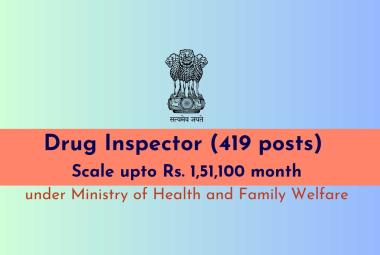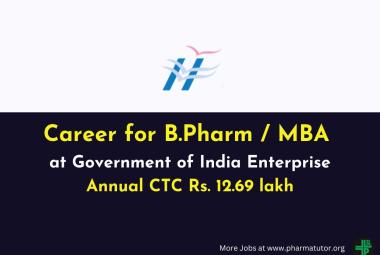(a) Explain ATR phenomenon and its applications
Ans.2.(a) ATRInternal reflection spectroscopy is a technique for obtaining IR spectra of samples that are difficult to deal with, such as solids of limited solubility, films, threads, pastes, adhesives, and powders. Principle when a beam of radiation passes from a denser to a less dense medium, reflection occurs. The fraction of the incident beam reflected increases as the angle of incidence becomes larger; beyond a certain critical angle, reflection is complete. It has been shown both theoretically and experimentally that during the reflection process the beam penetrate a small distance into the less dense medium before reflection occurs.
Q.2. (b) Show how you would distinguish between the following by spectroscopy
(i) Aldehyde and Ketone
(ii) Alcohol and Ether
(iii) Mono substituted benzene and Di-substituted benzene








